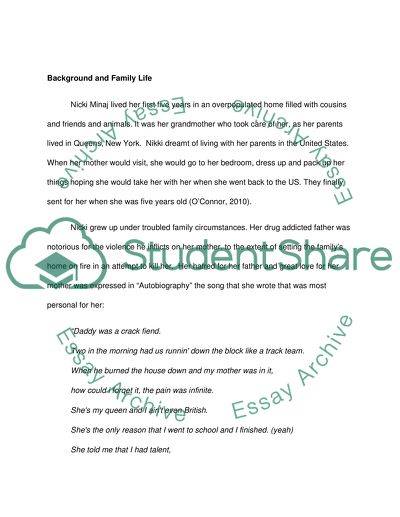Cite this document
(“Analyzing the True Persona Behind the Fake Ones Essay”, n.d.)
Retrieved from https://studentshare.org/psychology/1404441-my-impression-of-nicki-manaj-a-psychological
Retrieved from https://studentshare.org/psychology/1404441-my-impression-of-nicki-manaj-a-psychological
(Analyzing the True Persona Behind the Fake Ones Essay)
https://studentshare.org/psychology/1404441-my-impression-of-nicki-manaj-a-psychological.
https://studentshare.org/psychology/1404441-my-impression-of-nicki-manaj-a-psychological.
“Analyzing the True Persona Behind the Fake Ones Essay”, n.d. https://studentshare.org/psychology/1404441-my-impression-of-nicki-manaj-a-psychological.


